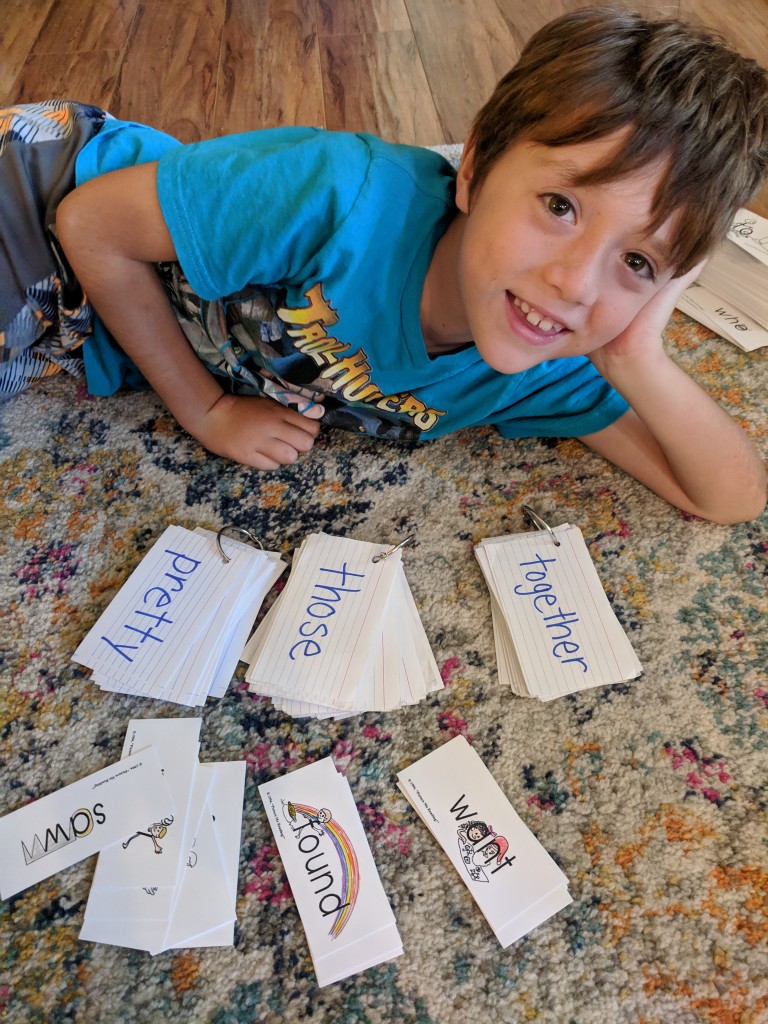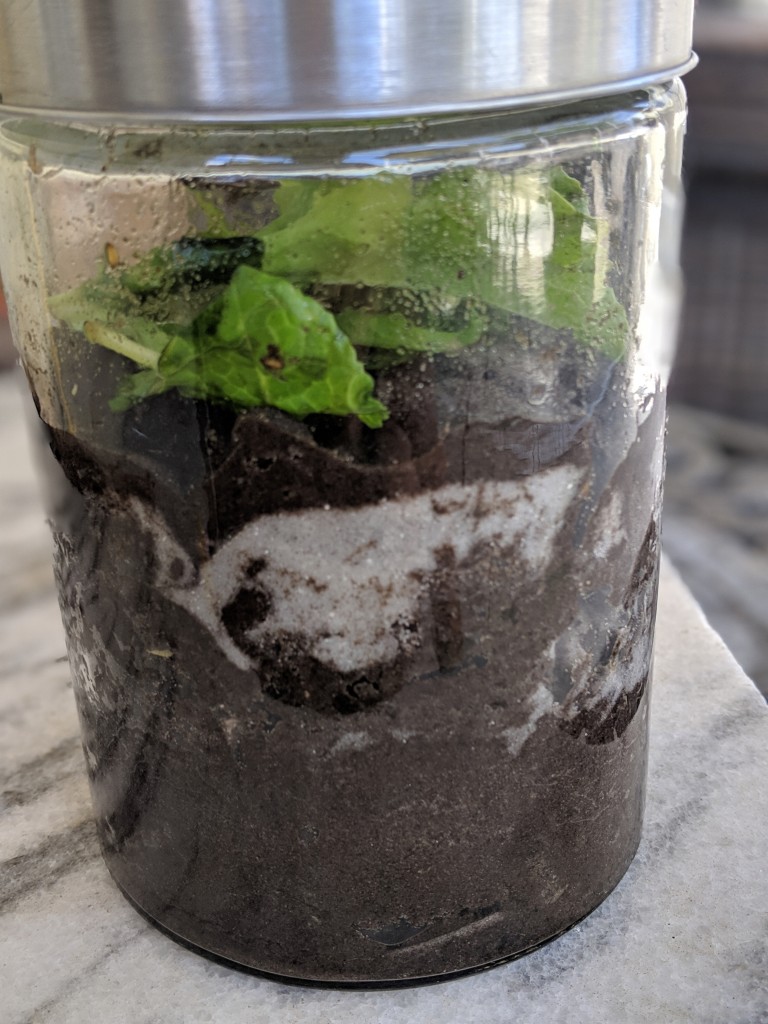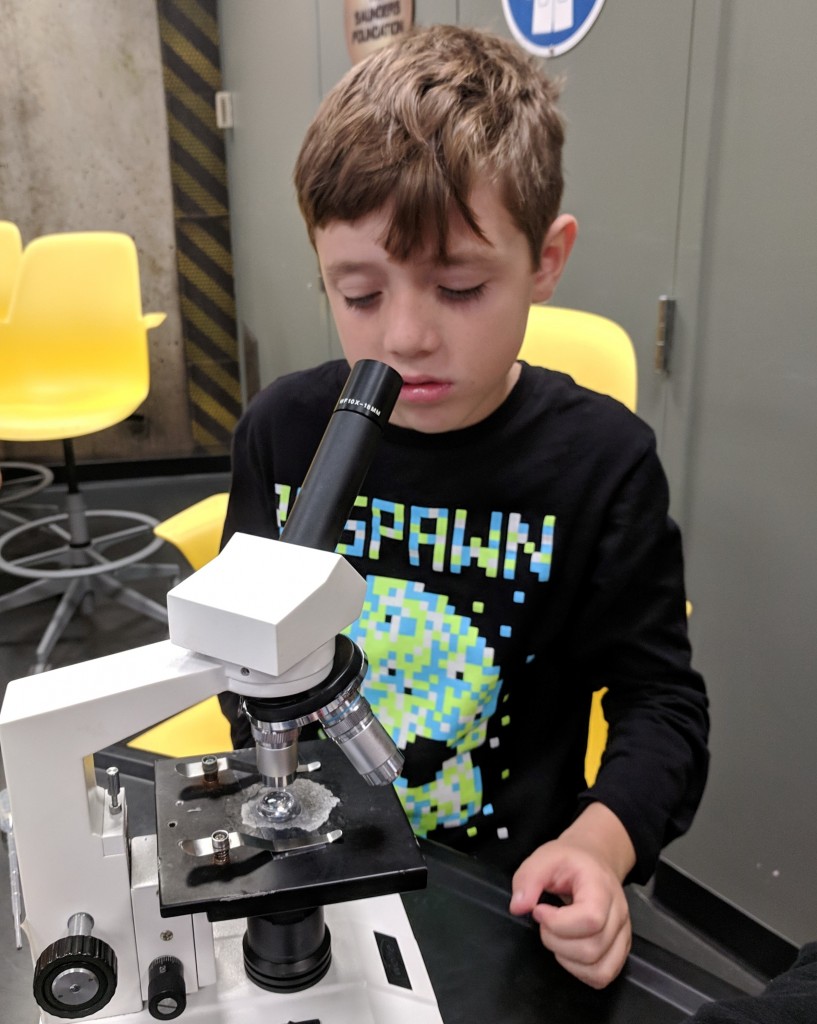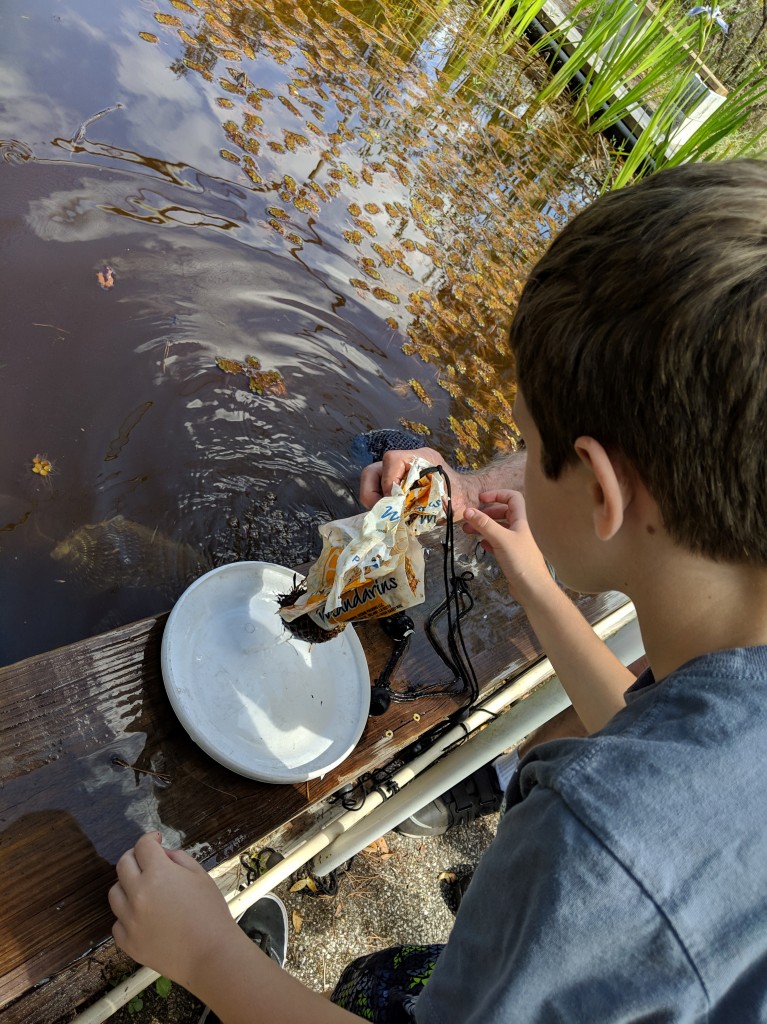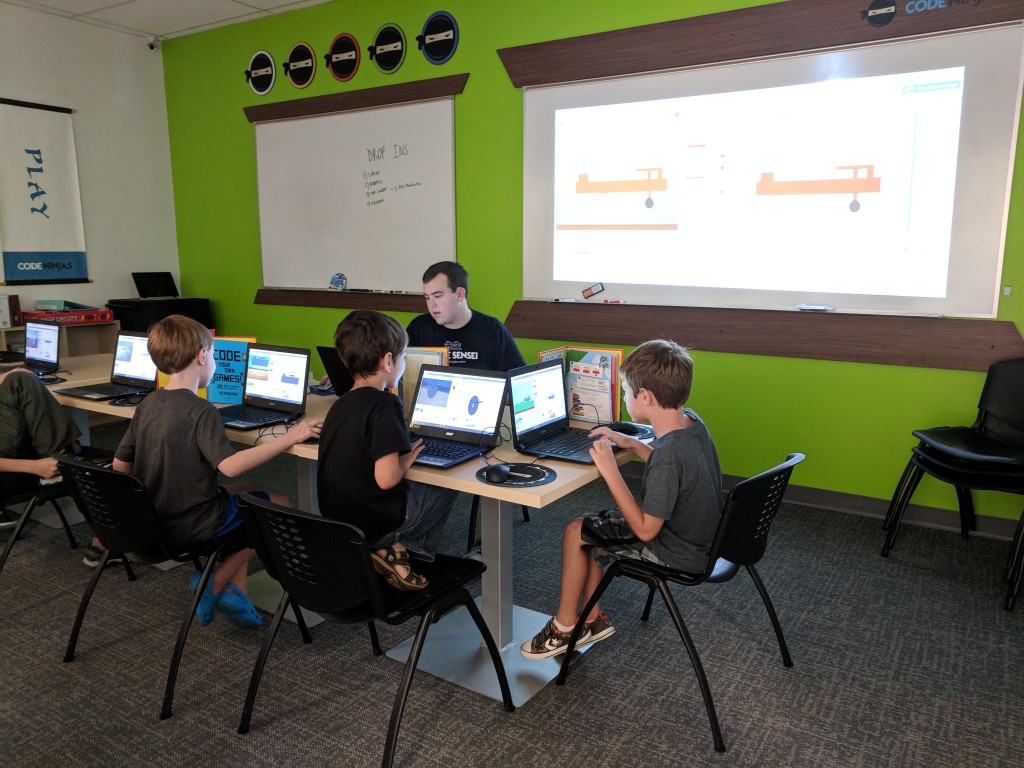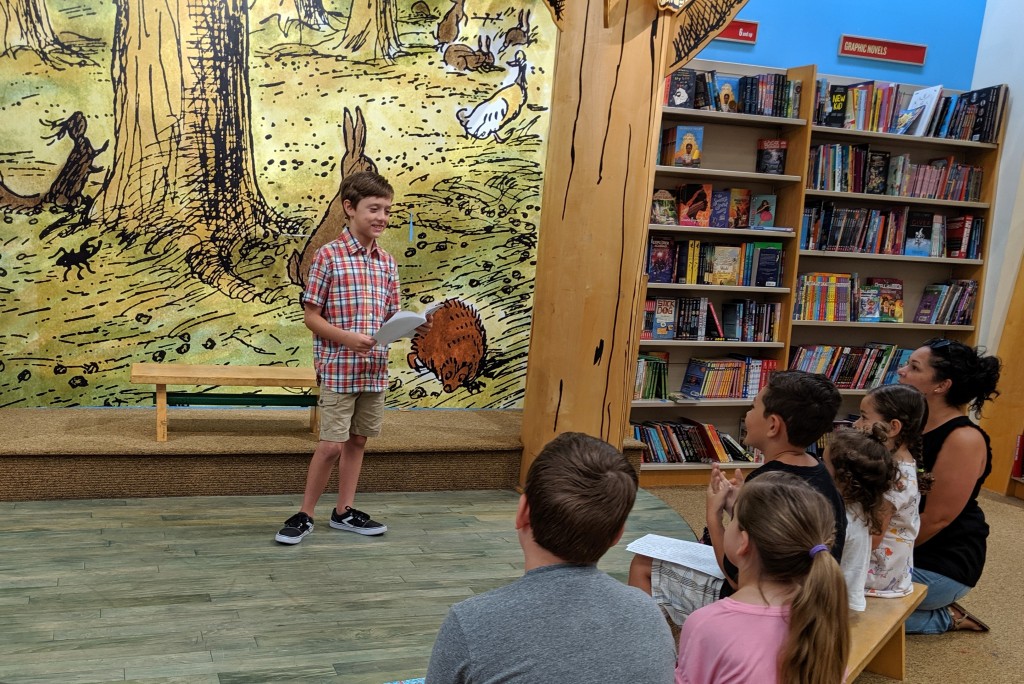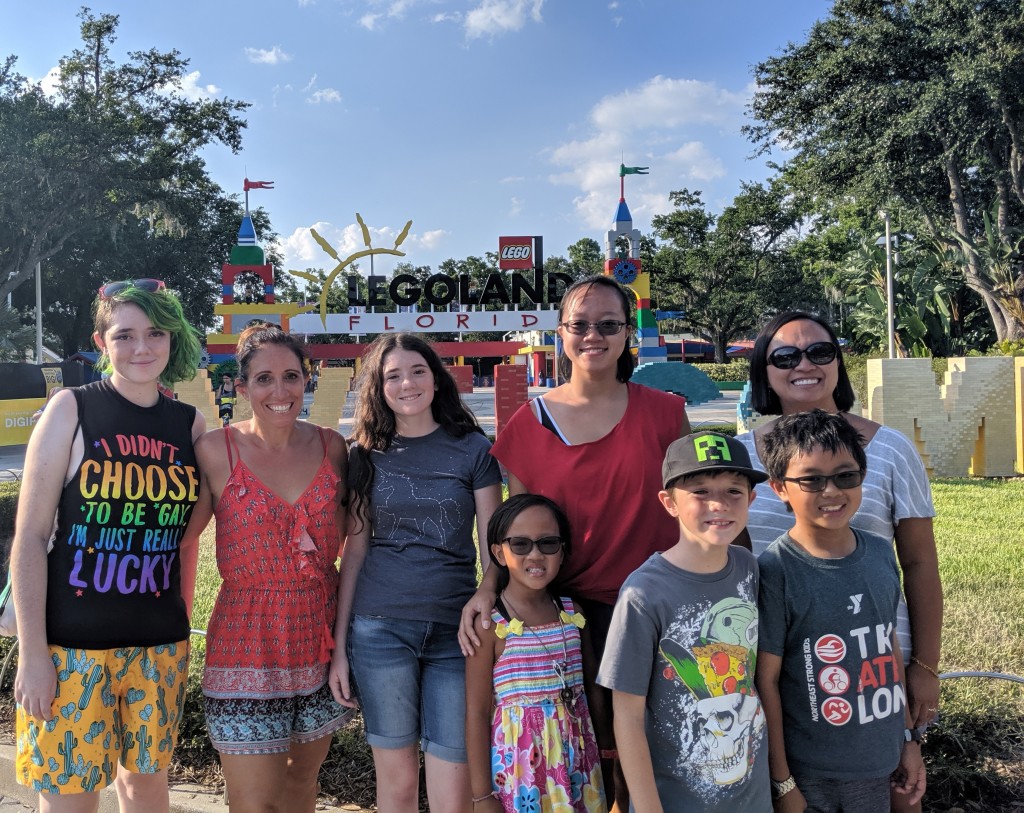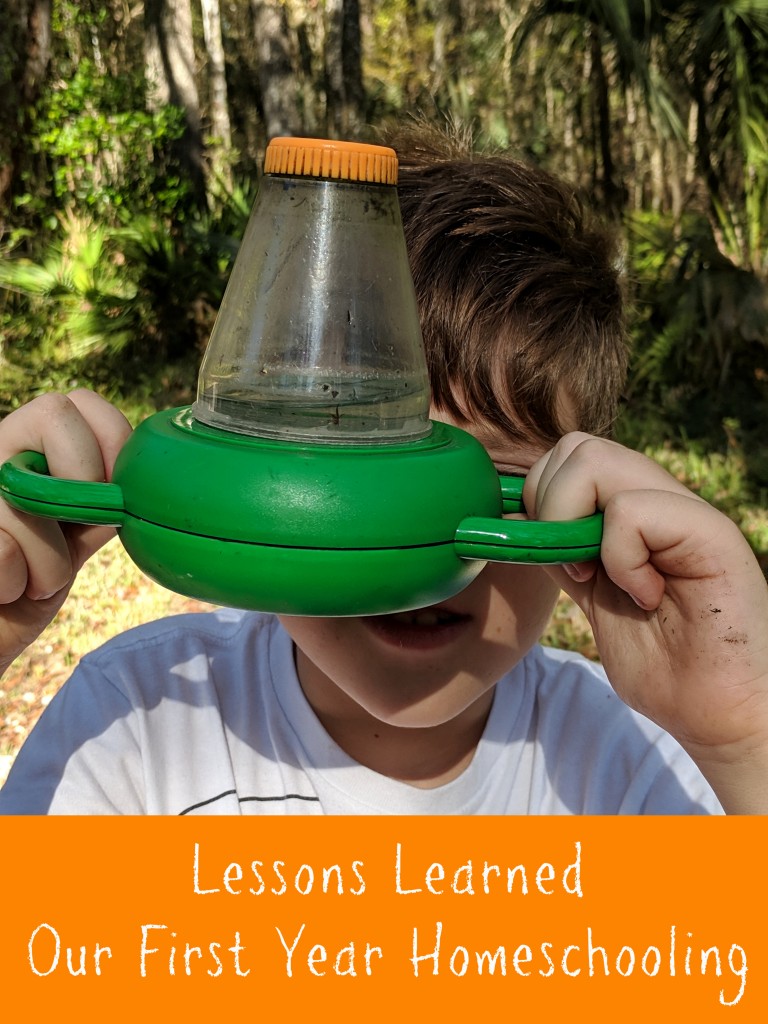Like a symbolic milestone, I received my first homeschooling evaluation notification letter the other day. Wrapping up our first year homeschooling seemed like the perfect time to reflect on our achievements, successes and lessons learned. As a parent educator and student team, not only did Liam and I survive our first year of homeschooling, we both grew and learned so much.
Lessons Learned Our First Year Homeschooling
Unschooling
My former elementary educator self wanted to structure our day like a traditional school hitting as many interdisciplines as possible. In the beginning, I spent hours planning lessons and mapping out our days, but I quickly learned the less school-like our days were, the better for both Liam and me. In other words, I realized I needed to unschool our days to allow Liam to feel successful.
Despite my original misconceptions, homeschool learning does not need to include all subject areas every day filled with lots of workbooks. Sitting in a desk all day with piles of worksheets is pretty much the average school day for most kids. My Liam needed lots of hands-on lessons and experiences.
A typical week for us offers three days of instruction (about 3 hours a day) with two days for field trips. Some school days start out sitting on the couch or at the dining room table, but lots of learning hands-on happened laying on the living room floor or sprawled out in the yard. We often take our lessons outdoors with hikes or just finishing lessons in the yard
Liam Leads the Learning
While many homeschool families choose to purchase established homeschool curriculum, the lessons we studied this year were topics Liam showed an interest in learning. In the beginning of our homeschool year, I asked Liam to make a list of things he wanted to learn and from that, I began to plan our units of study.
After red tide spoiled a beach trip for us, we studied the Gulf beaches affected by red tide, recorded the areas on a Florida map and observed the changes over time. When Liam found a worm on our sidewalk, we created a worm jar to observe the life of worms. Basically, we found there was so much to learn in the world around us.
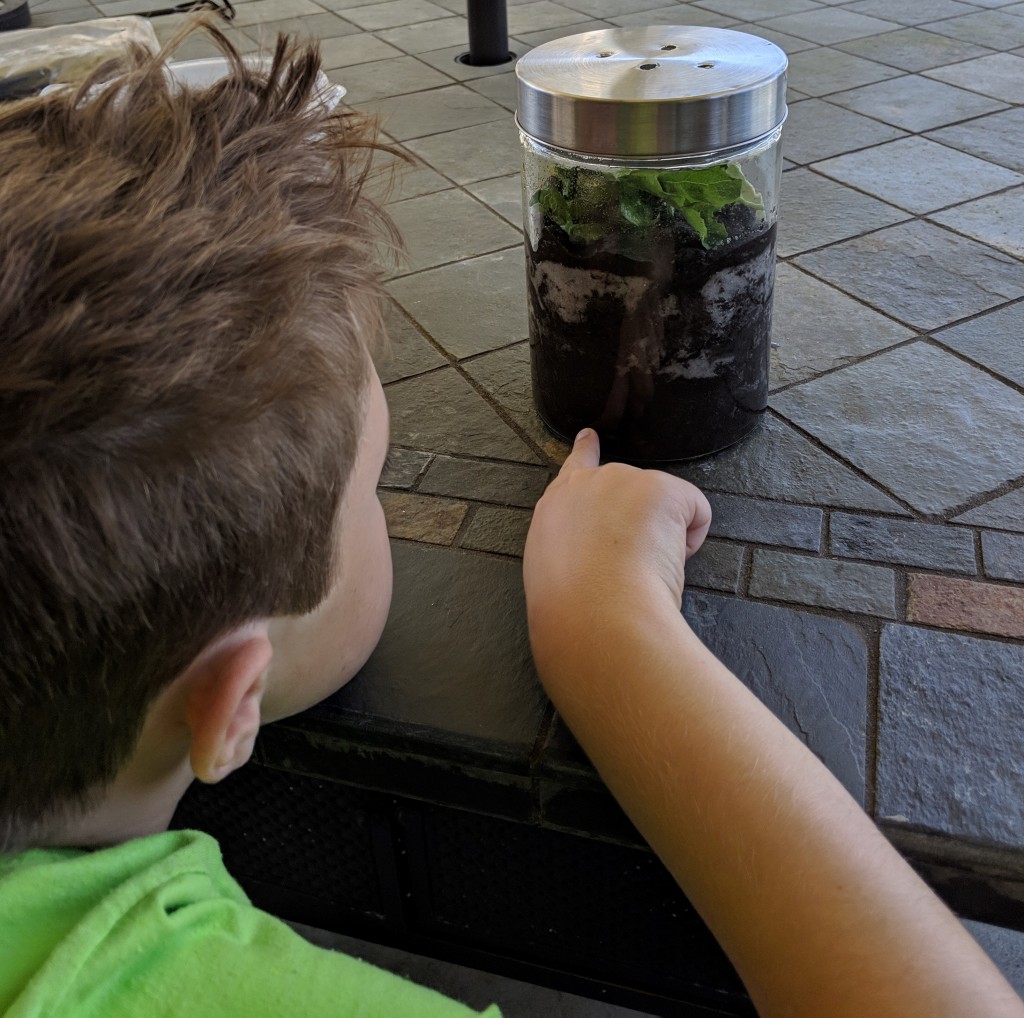
After finding a worm on the sidewalk, we built a worm jat to study the life of a worm and read “How to Eat Fried Worms”. Then, Liam wrote his own version of “Diary of a Worm”.
Field Trips
In an academic world full of testing days, traditional brick-and-mortar schools take less and less field trips. The beauty of homeschooling is incorporating as many fun learning opportunities as you want and the real world experience makes the learning more meaningful.
Our flexible schedule allowed for so many wonderful field trips that Liam would have never have experienced in school such as observing plankton under a microscope at the Florida Aquarium or fishing for aquatic invertebrates in a freshwater pond at Camp Bayou.
More Time for Extracurricular
Since our learning days are shorter than a typical school day, we have more time for support learning like physical education, art, technology and engineering. Plus, I can find opportunities in the community outside my area of expertise, such as art classes or coding classes at Code Ninjas.
But the real benefit for less intense instruction means we can take multiple brain breaks such as walking the dog or jumping on our bikes and riding to the park.
Learning Through Play
Educators know children learn through play, however, nowadays schools seem to have shifted away from that philosophy. But for kids like Liam, every lesson introduced needs to incorporate a fun activity to make the learning more meaningful and concrete. Playdough became a wonderful learning tool for many lessons, especially during reading instruction.
Something as simple as building a marble run constructed with paper towels, pool noodles and other objects Liam could find around the house provided an opportunity for a hands-on physics lesson. Discovery happens when kids can analyze and evaluate the whys through independent play.
Portfolio Based Assessment
In all truthfulness, given Liam’s struggles in reading related to dyslexia, he would not pass any statewide assessments and would be in danger of retention. Thankfully, by maintaining a portfolio and saving samples of his work, we can document growth and progress at his own level and pace. Therefore, his portfolio reflects a true picture of his progress rather than a score on an assessment. While he may still struggle to read and write, he can feel proud and successful by recognizing his own progress in his portfolio.
Liam’s portfolio contains writing samples (journal writings), core novel units that include cross-curricular science and social studies units, a science journal, math samples and video recordings of his oral presentations.
You Gotta Have Friends
People who are not familiar with homeschooling will always show concern about homeschooling kids not being socialized. Well, I can assure you, Liam and I have found plenty of ways to socialize with other homeschooling families and made many friendships. Social media, particularly Facebook, made it simple to meetup and find other homeschooling families. Social media also became a wonderful way to ask questions and find resources.
Just like my SAHM days, homeschooling can be as isolating if I allow it to tether me to our home, but connecting with other families has made our homeschooling days richer and fuller.
Oodles of Resources
Of course, homeschooling Facebook groups are wonderful place to ask for curriculum advice and best teaching practices, which was a great foundation for our homeschooling start. Even still, recognizing how overwhelming all that information can be, my friend, Rosemary, wants to help other families make the leap into the world of homeschooling by offering a Homeschooling 101 workshop, which will answer many of your homeschooling questions.
While you can purchase all kinds of materials and curricula, I found tons of great lessons and ideas on Pinterest from hands-on lessons, materials and units of study. Check out my Pinterest boards: Homeschooling Lessons and Decoding Dyslexia. I also utilized YouTube for my own professional development, such as studying the Orton-Gillingham approach to reading, as well as a means to find enrichment and extension activities.
Many blogs also offer helpful homeschooling methods and resources. My particular favorite is Homeschooling With Dyslexia, which offers reviews and countless number of methods and resources to modify instruction to accommodate and help homeschooled dyslexic students.
Teachers Pay Teachers is another great resource for materials. I found this site so beneficial, I even built my own Teachers Pay Teachers storefront to share the materials I created.
So as I prepare for our first homeschool evaluation, I am also gearing up for another year of homeschooling fun with my son. Truthfully, taking the first step to homeschool was the scariest, but watching my son feel successful and building a love of learning again given us both the confidence to continue on our homeschooling journey. We both love learning on our own terms.
Our WFLA interview summed up our homeschooling success nicely.
